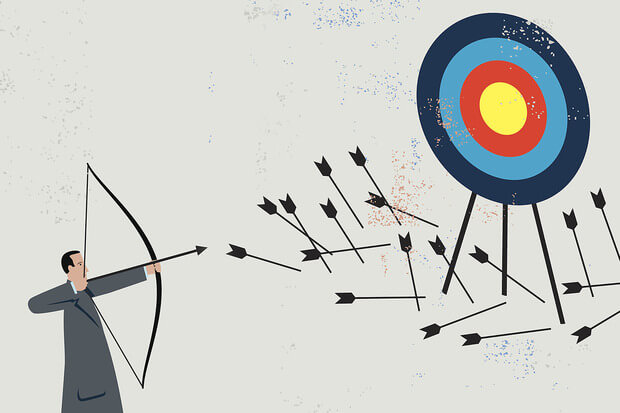
“Only those who dare to fail greatly can ever achieve greatly.” – Robert F. Kennedy
“There Are No Secrets to Success. It is the Result of Preparation, Hard Work and Learning from Failure.” – Colin Powell
“If you’re not failing, you are not trying hard enough.” – Gretchen Rubin
Judging from these three quotes and another 438 million google results, we seem to be mildly obsessed with the concept of failure. Indeed, is there a book or a blog post that doesn’t remind us that Henry Ford’s first company went out of business, and his second and third companies were equal flops? Of course not, because Mr. Ford went on to become one of the greatest, most admired entrepreneurs in American history.
Likewise, consider sports legend Michael Jordan: “I’ve missed more than 9,000 shots in my career. I’ve lost almost 300 games. 26 times, I’ve been trusted to take the game winning shot and missed. I’ve failed over and over and over again in my life. And that is why I succeed.”
Personally, and professionally, I believe all of this to be true. However, In a recent New Yorker article, James Surowiecki presents an interesting counterpoint:
There’s a widespread tendency to treat failure as a badge of honor: “Fail fast, fail often” is a familiar mantra in Silicon Valley. There’s now a regular FailCon, where people come to hear other entrepreneurs tell about the hard times they endured and about how starting a business and failing actually makes you more likely to succeed in the future. It’s a comforting message, but the evidence suggests that past failure really just predicts future failure.
So… How much failure is too much? When it comes to managing employees, where do we draw the line?
Without question, mistakes can be very costly — even potentially dangerous. At ECHOtape, we allow our managers and our employees the freedom to make mistakes. Within reason. And that’s the key.
For example, if an aircraft mechanic makes a mistake while fixing a large commercial jet engine by substituting one part for another, the results can be catastropic. That’s not making a mistake. That’s taking a risk, and by doing so, risking the lives of others. When it comes to safety in our warehouse, we have a zero tolerance policy.
However, if an employee inadvertently ships the wrong kind of stucco tape to a client, no lives are damaged. It’s important that the client be made happy, but the mistake is not life threatening. When it comes to failure, keeping it in perspective is key.
That said, we also have a first time forgiveness rule. Making any mistake once is OK, so long as it is an honest mistake made while attempting to do what they felt was the right thing. Making any mistake once was acceptable, but repeating that same mistake a second time was NOT OK and there are consequences.
This policy allows us to be better leaders, granting employees the freedom to take managed risks in order to grow. In turn, we quickly learned that good employees, the kind that you want to foster and keep, are those who learn from their mistakes, and take accountability. They do not get defensive about it, or make excuses. Rather they are willing to look objectively at their mistake, recognize what they did wrong, and understand why their choice or actions were the wrong thing to do. Then, they do whatever is necessary to make things right, to the best of their ability.
Once those steps are taken, managers and employees can work together to figure out what safety nets can be carefully established to ensure that this same mistake will never take place again.
Giving employees the opportunity to try new things in a way that doesn’t put the company in danger can only help everyone in the company feel comfortable innovating.





